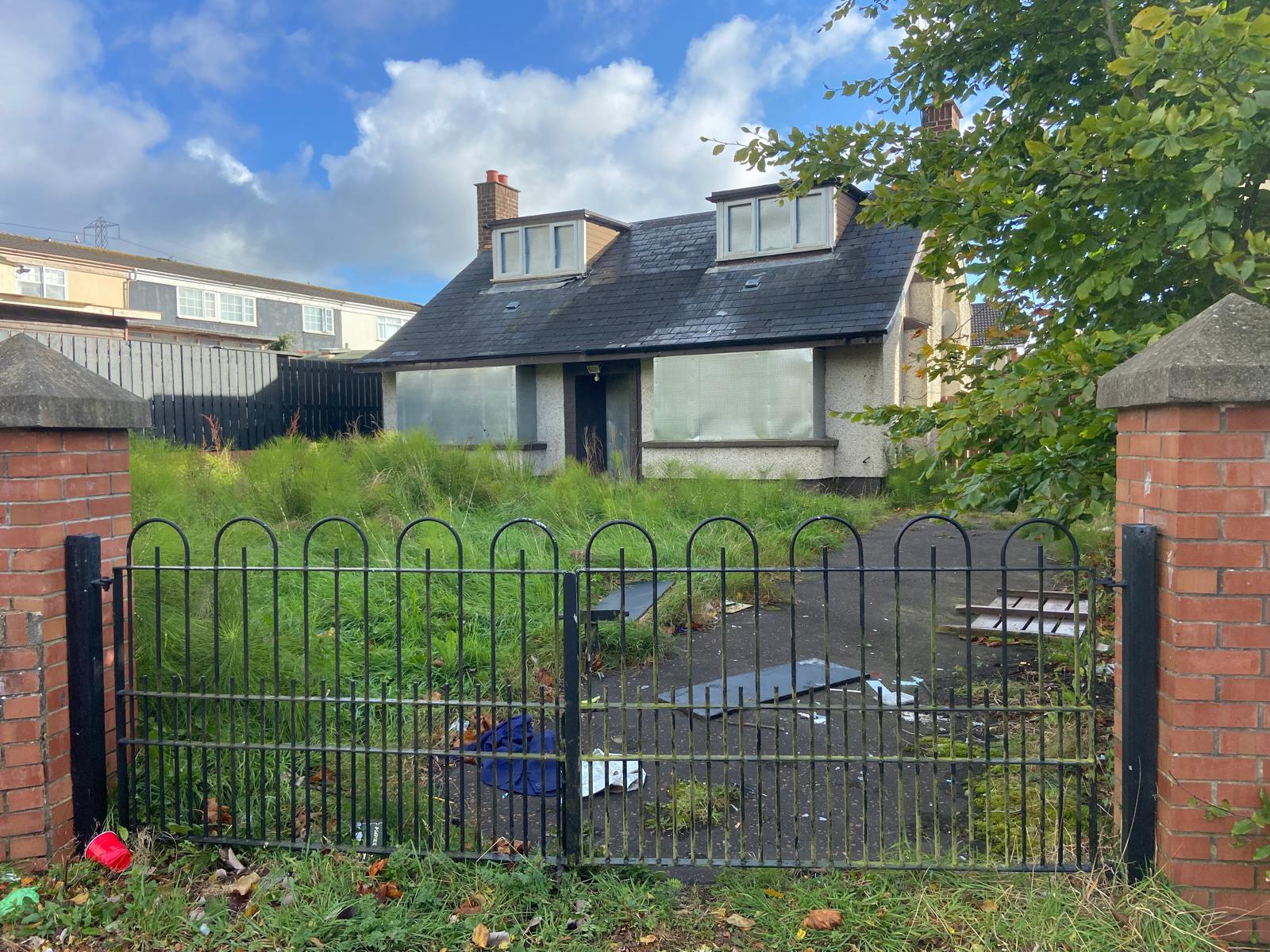THE worrying series of incidents that has taken place in recent days in the Suffolk Road area illustrates both the importance of a community spirit that mobilises to protect its most vulnerable and how that community spirit can easily morph into chaos.
The arrest of a man on Sunday evening is now a matter that’s taking its legal course and we will of course be making no comment on that. But as far as the wider picture is concerned, there is a certain comfort to be had in knowing that a community cares enough to spring into action if and when one of its own is perceived to be under threat.
Social media alerts and on-the-ground interventions are vital as a fast-moving and agile local response that the police are – quite frankly – simply not able to replicate. The idea of the welfare of an individual being the responsibility of wider society is a positive one and is of course to be welcomed.
But when, as we saw at the weekend, online concern and indignation bring large and hostile groups on to the streets, then it is time to take a step back before vigilantism becomes the order of the day. As a local paper which has been covering the issue of community responses to crime closely and for a very long time, we can say without fear of contradiction that the one thing that unites the people present during these angry gatherings is a lack of information. Very few of those present have any real idea of who’s inside a house or even the reason for their presence. They are there because they’re concerned – but that concern is usually vague and misdirected.
Rumour and gossip are never solid platforms on which to base a reaction and invariably when a concerning incident takes place the air is thick with claims and allegations.
These are more than enough to convince some people sitting at home following events on the internet that it’s time to get out on to the streets and do something. But anything that takes place after an incident has ended and an arrest is made can do nothing other than militate against justice for alleged offenders.
All of which is to say that a community’s part in policing can advance no further than the perceived threat itself. Those who extract a victim or a potential victim from an active danger deserve our thanks; those who act to ensure that a culprit is detained and handed over to police have performed a civic duty for which we should be – and are – grateful.
But administering beatings is always wrong, regardless of the guilt or otherwise of the target and simply propels those responsible into the category of offender. Similarly, gathering outside homes is wrong, because grapevine evidence is not evidence and mob justice is not justice.
The simple truth is that if you find yourself in a crowd outside a house shouting for retribution, you’re standing in the way of justice, not dispensing it.
Rough justice existed long before social media, but it’s become more common in the digital age, when fake news is the baleful twin of hysteria.







